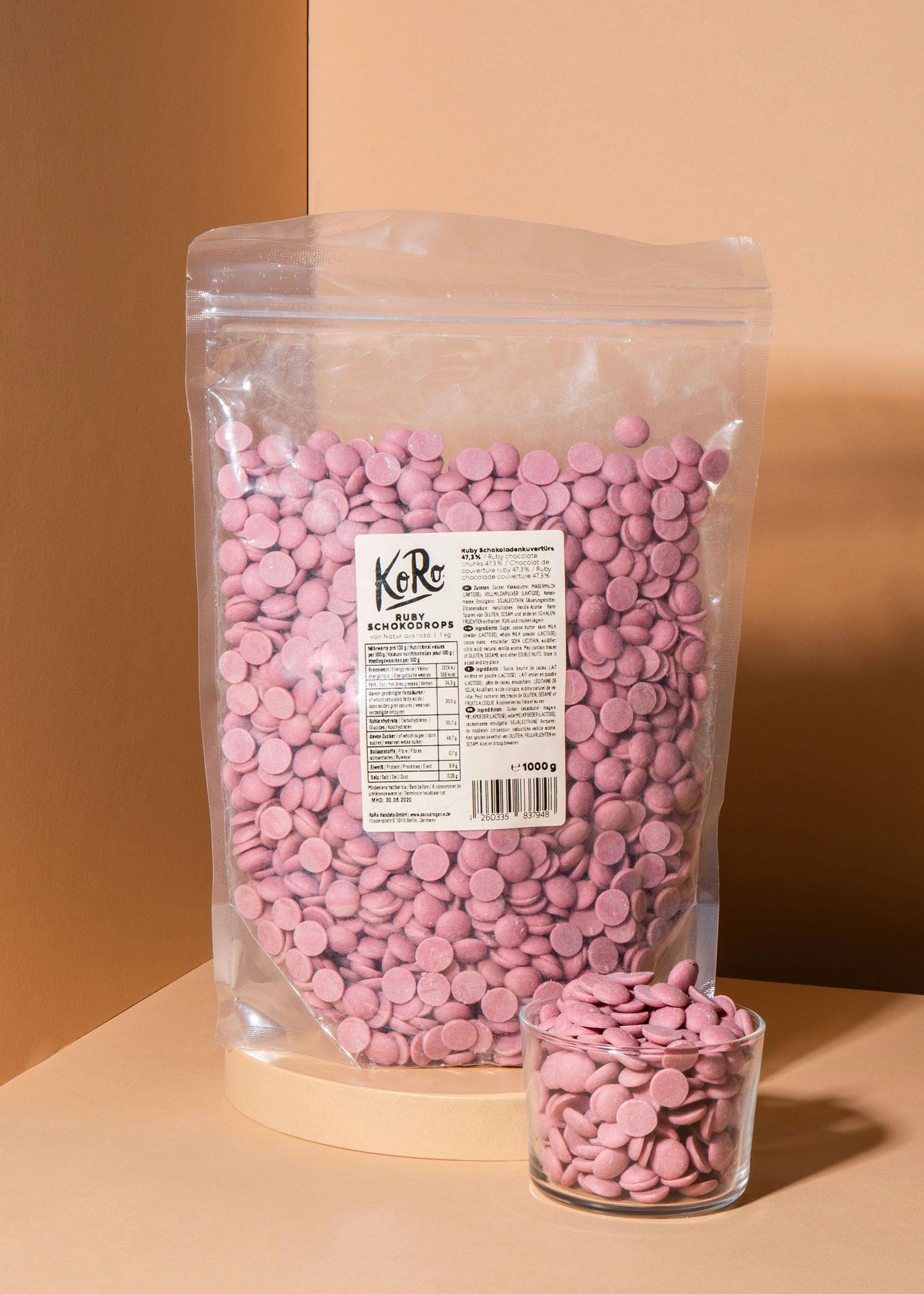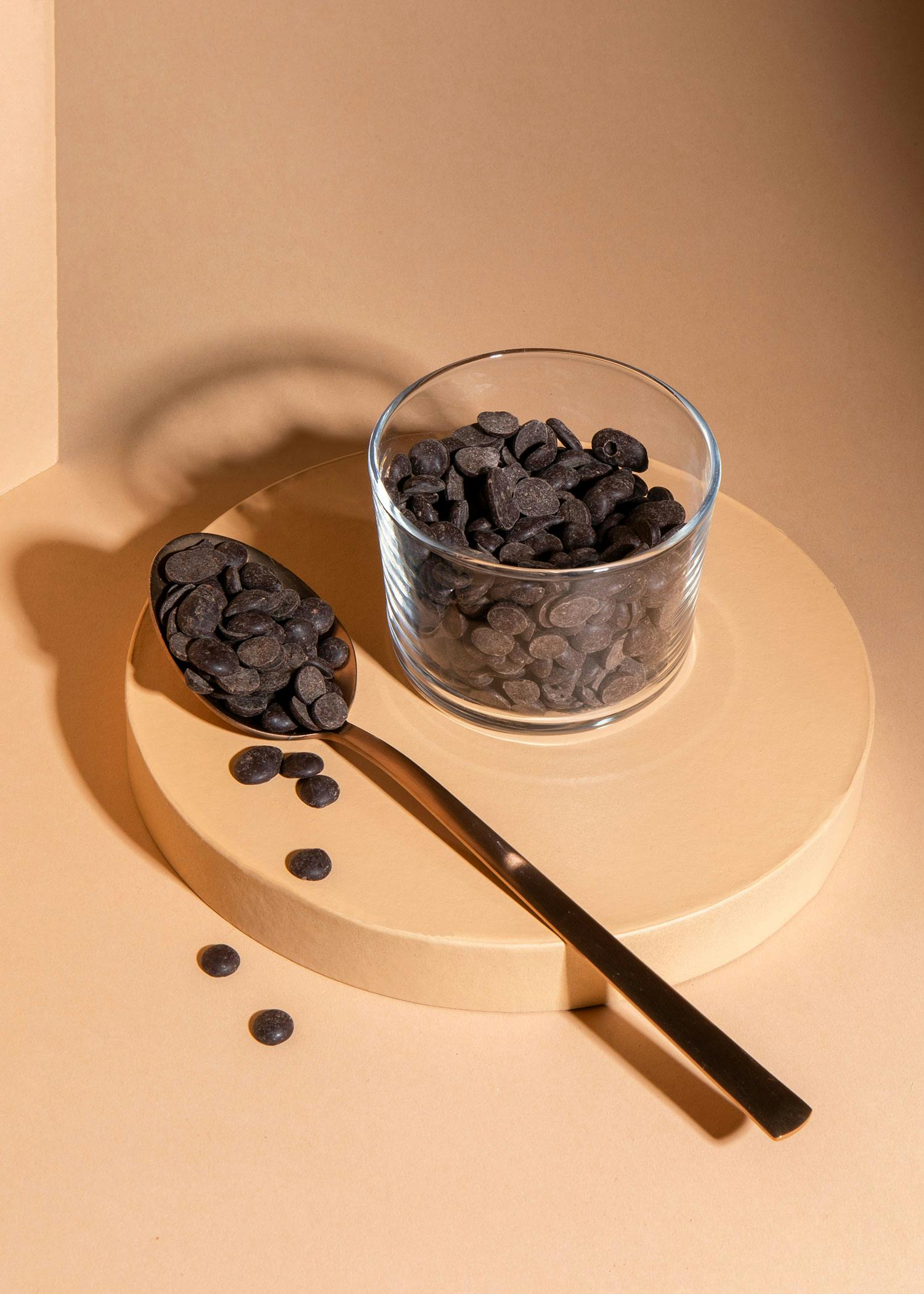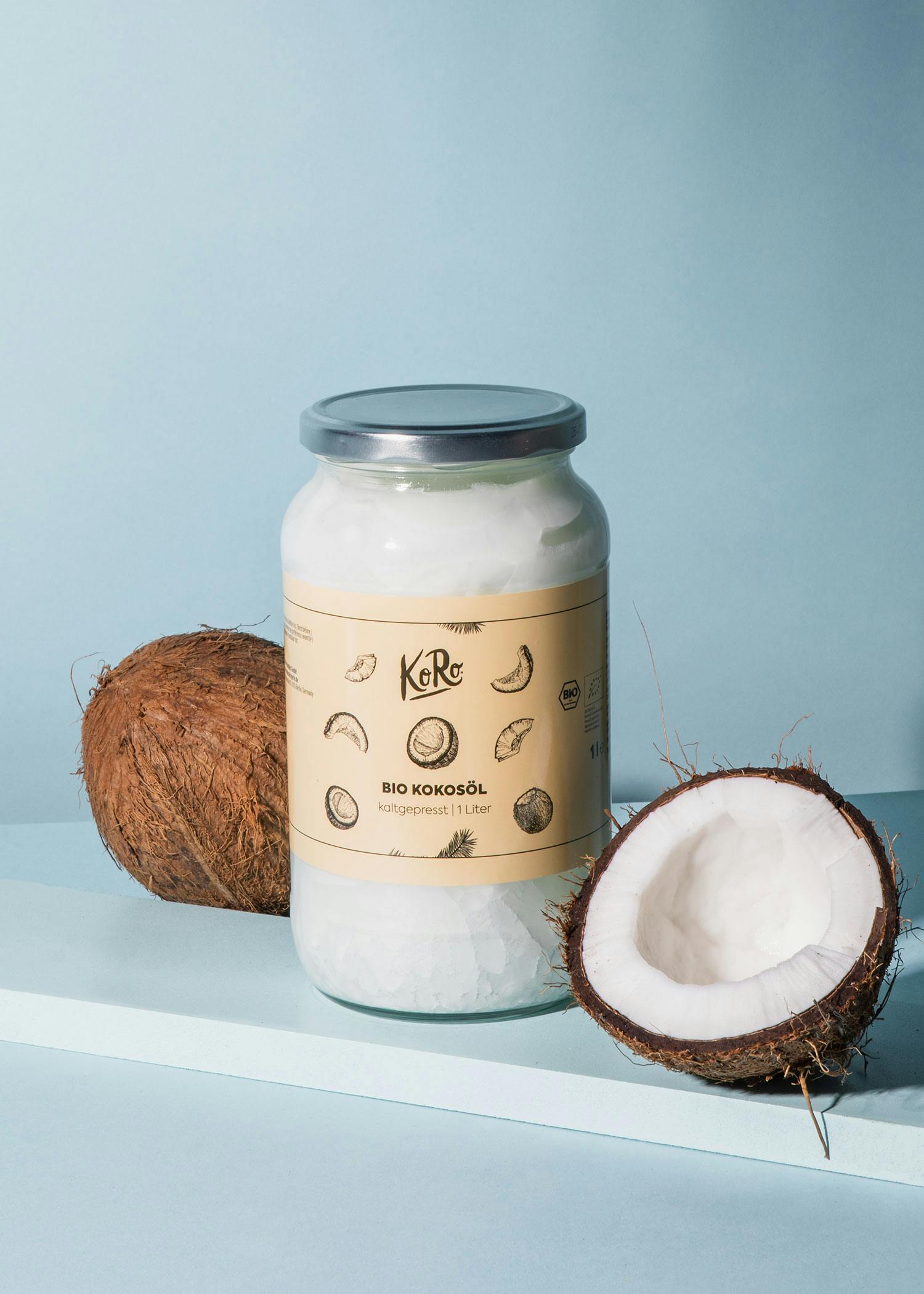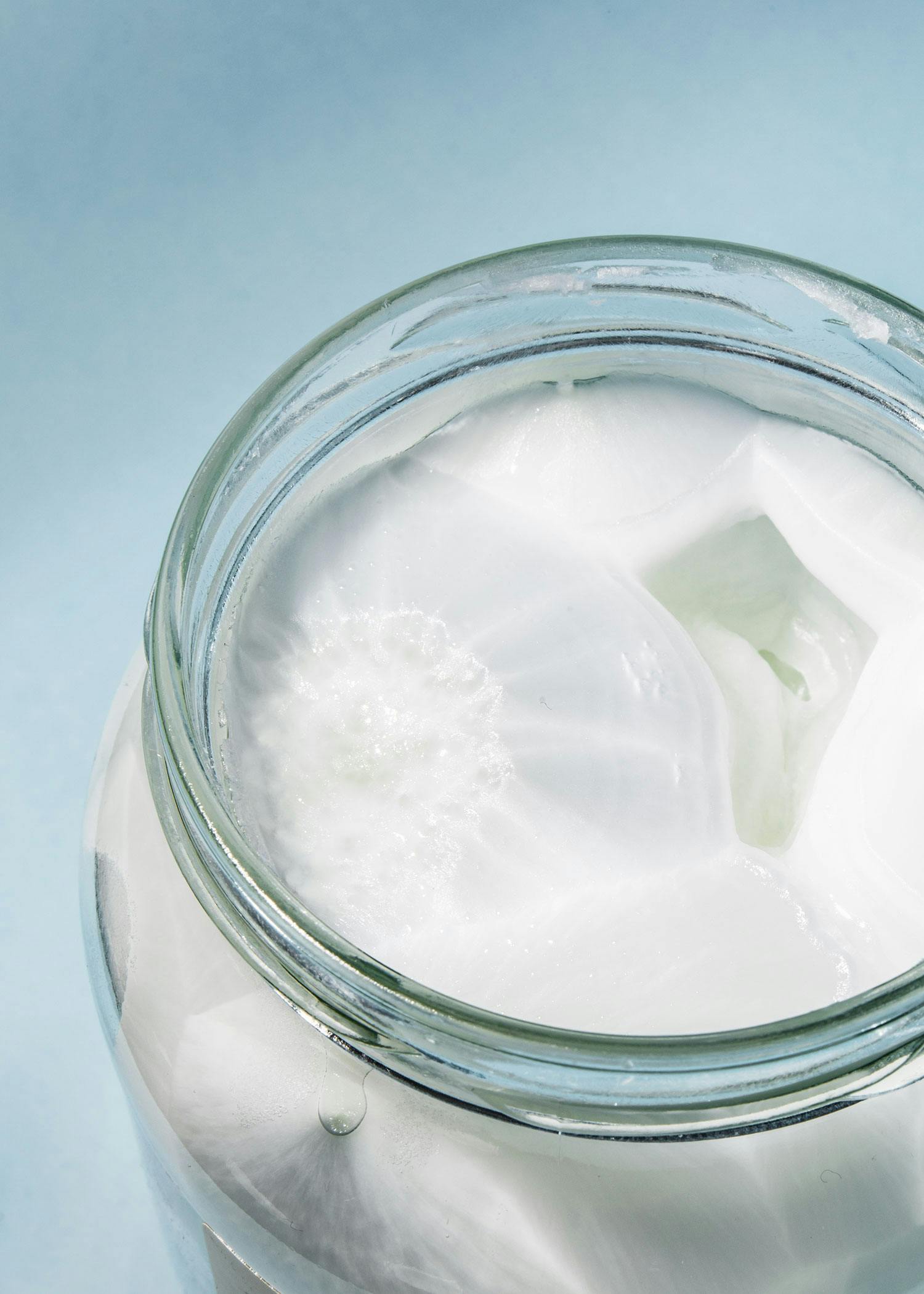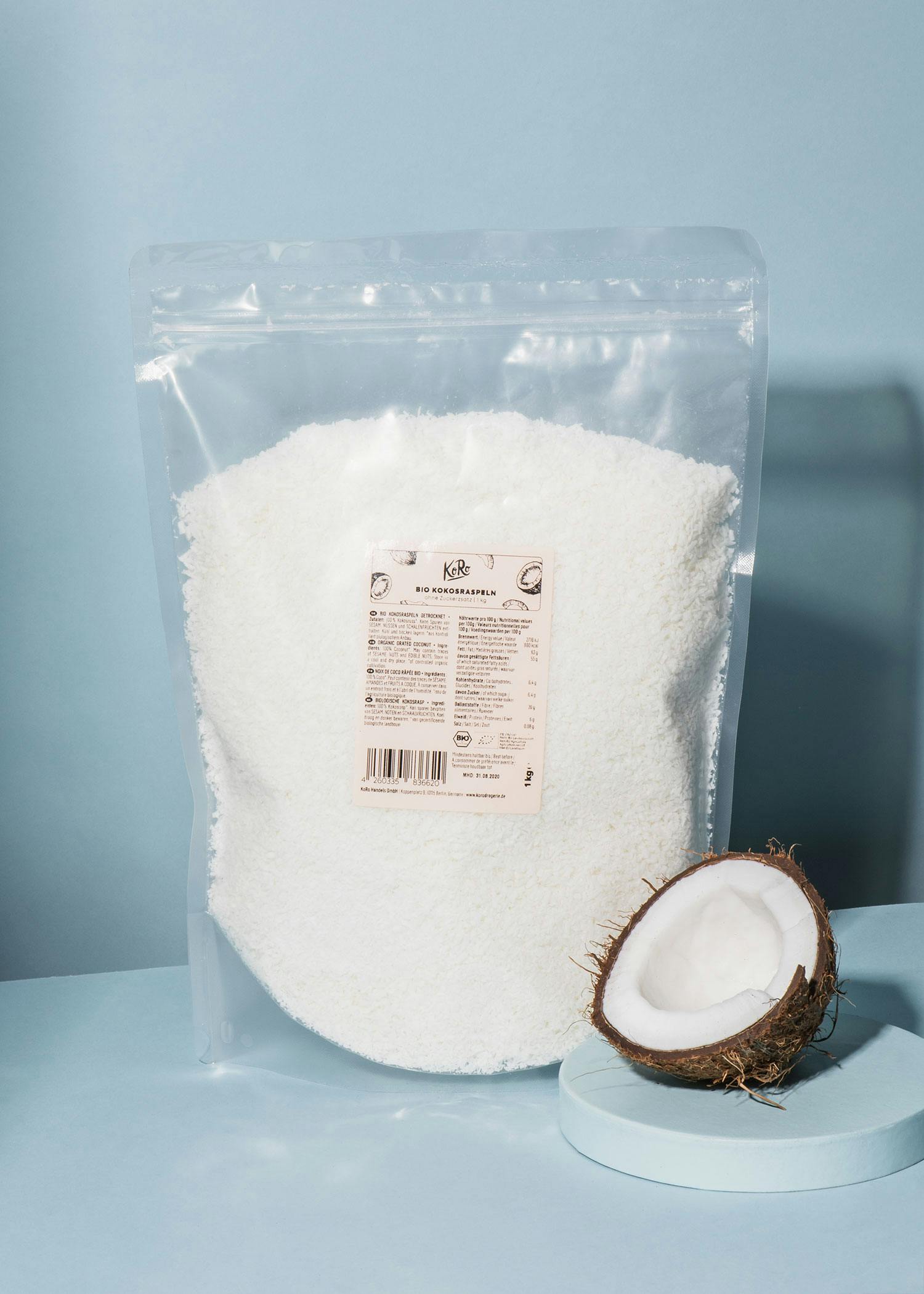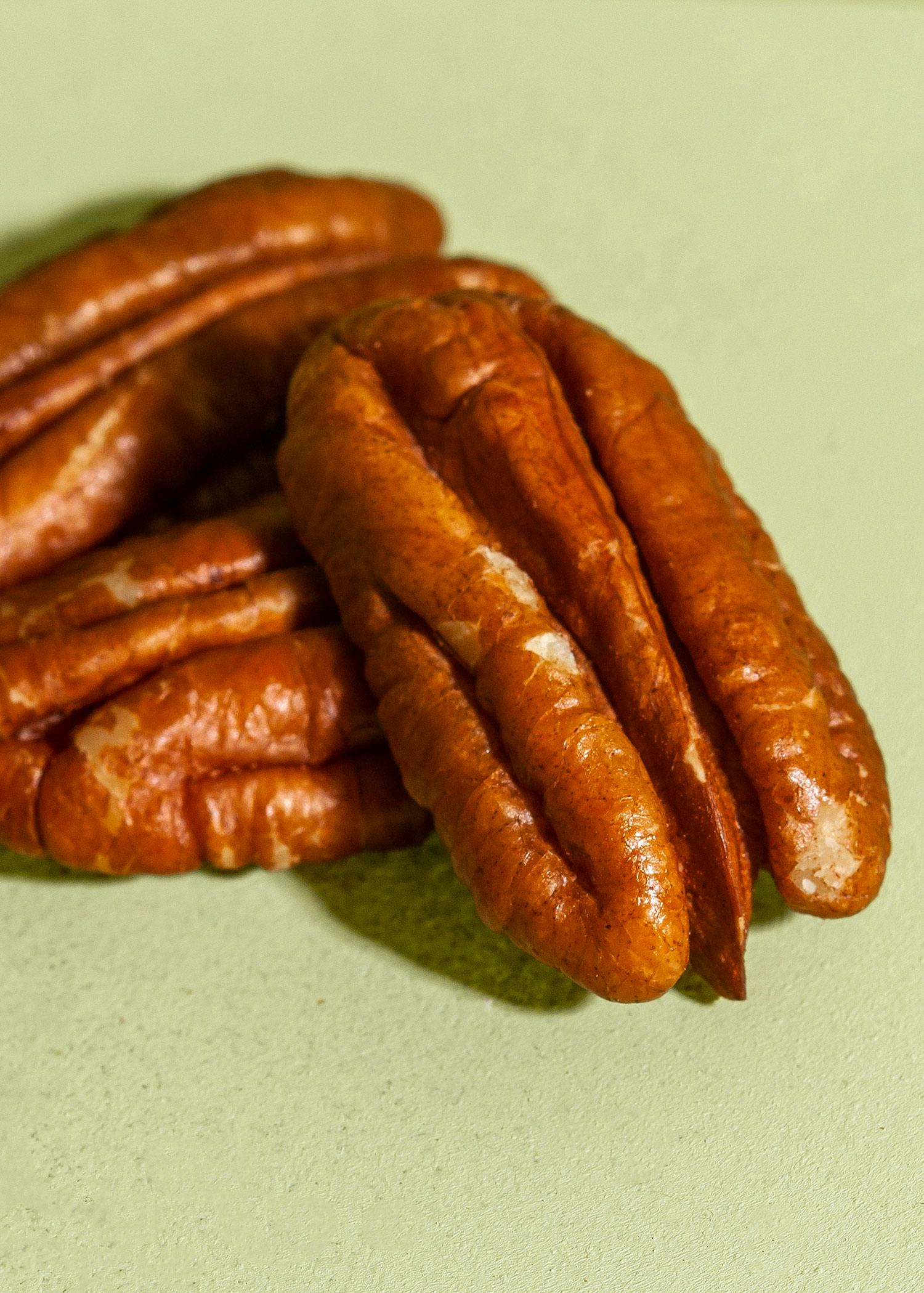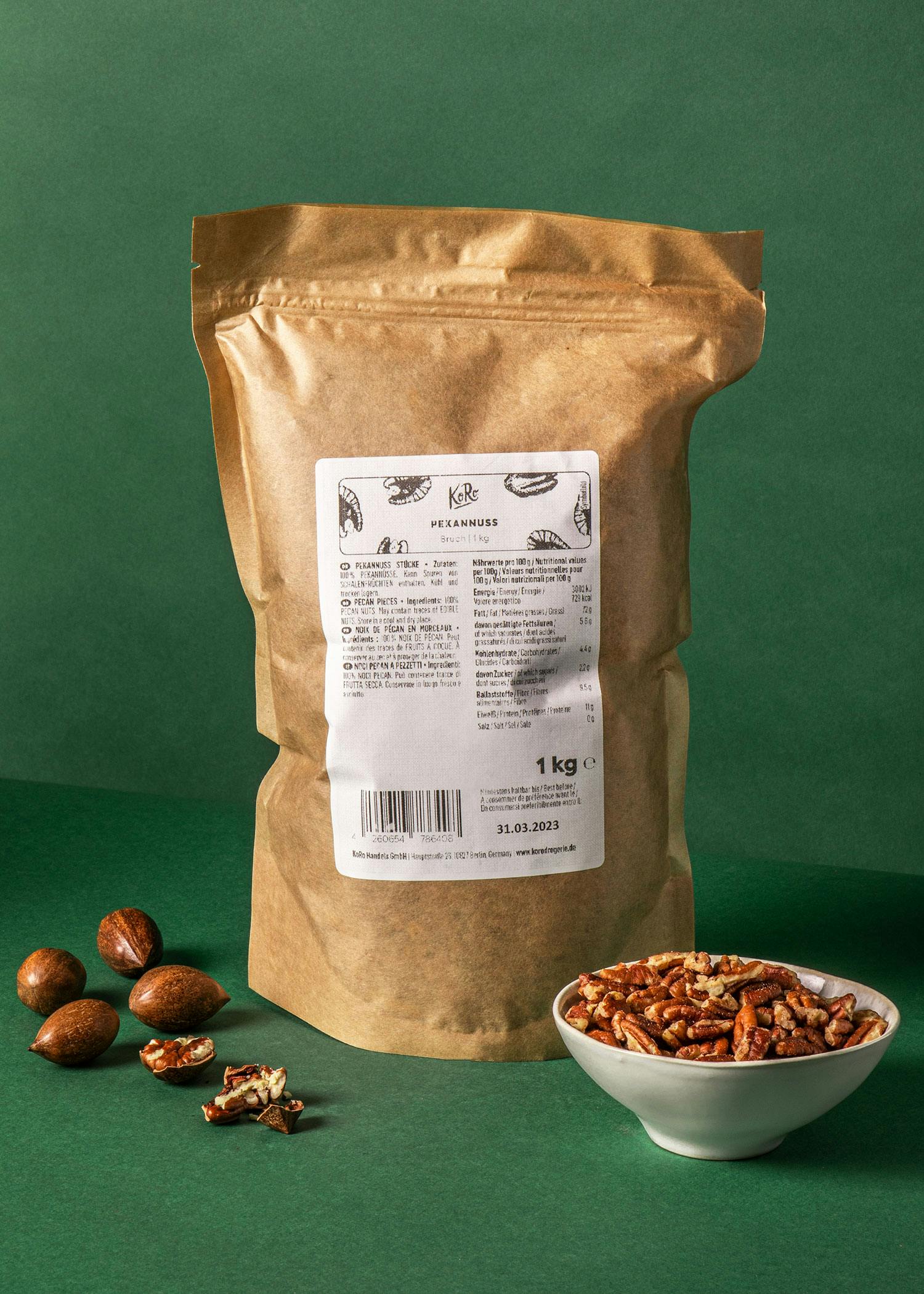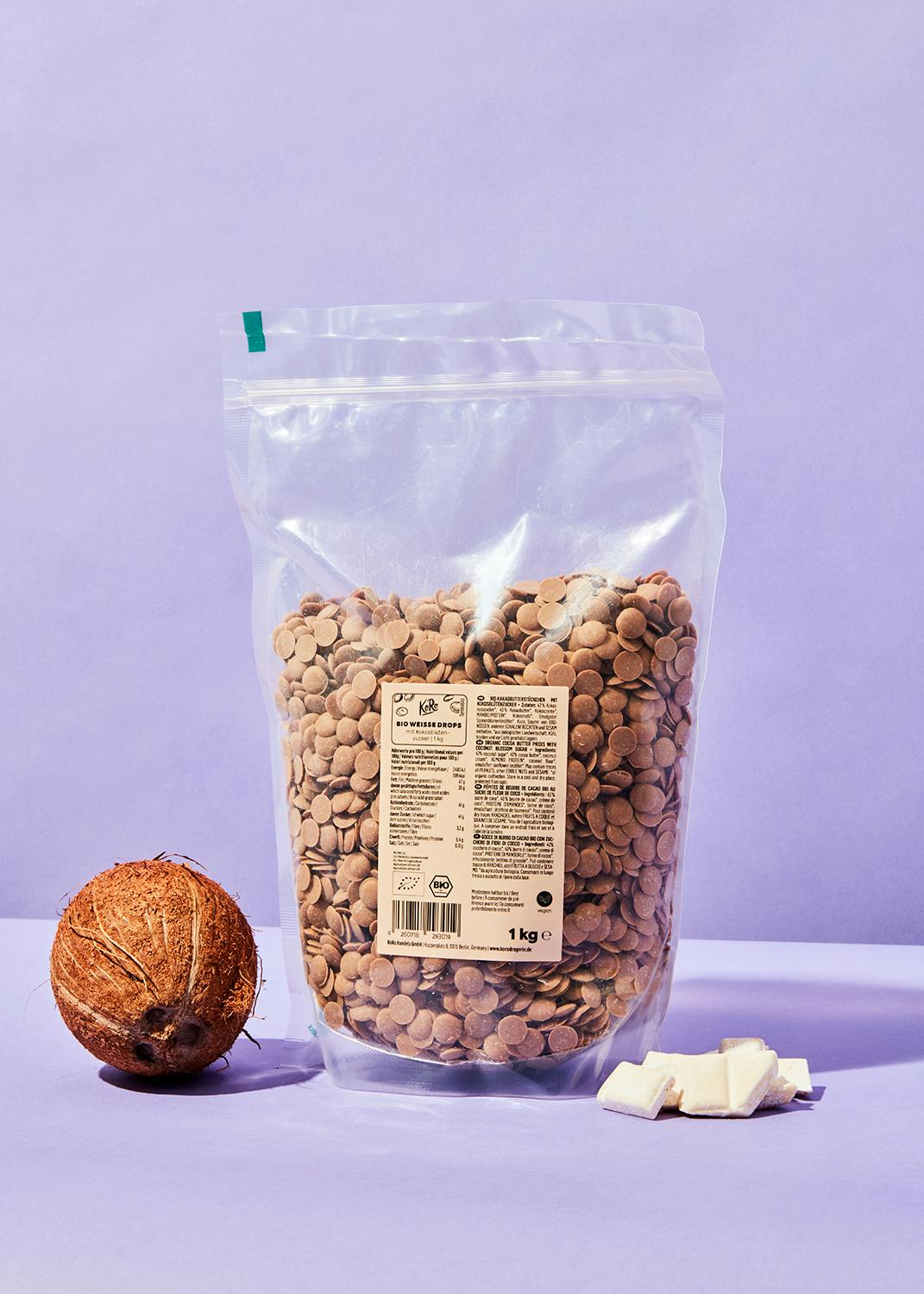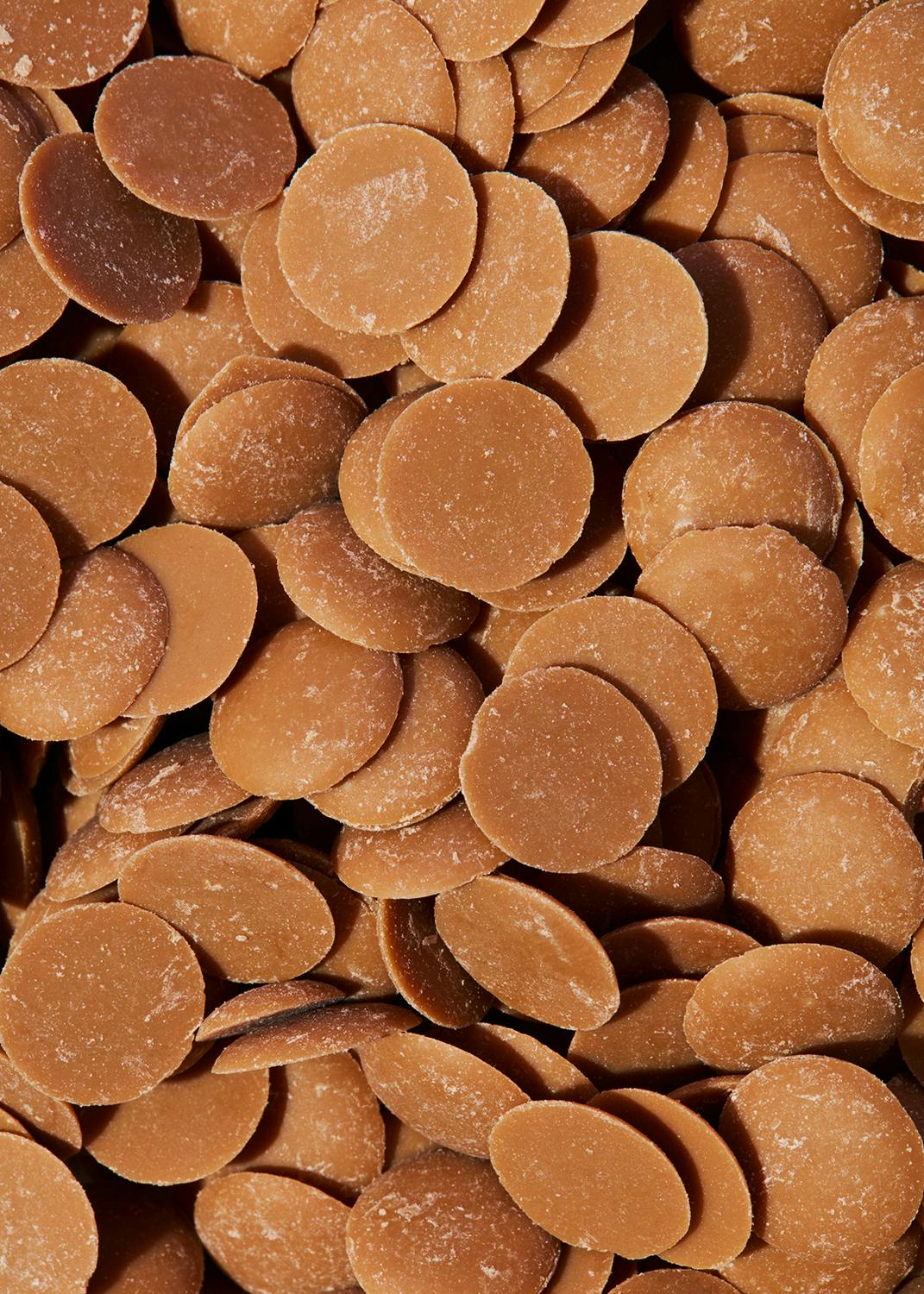After collecting chestnuts in the fall, you learn that the chestnuts you used to make little figures out of with toothpicks as a child are not chestnuts that you can snack on. They are horse chestnuts and are considered inedible and even slightly poisonous. Apart from the similar name, they have nothing to do with chestnuts - botanically speaking, they don't even belong to the same family.
Deep dive: sweet chestnuts or chestnuts?
Although the terms sweet chestnuts and chestnuts are often used interchangeably, there is a difference: the chestnut is a cultivated form of the sweet chestnut. The common chestnut, or sweet chestnut, is smaller and rounder than the chestnut. They are also only flattened on one side, have a darker skin and the inner skin is rather difficult to separate from the flesh when peeling. In contrast, chestnuts are larger, heart-shaped and have a flat, triangular underside. The reddish-brown skin is much easier to remove and the flesh tastes much sweeter and more intense. The harvest time for chestnuts and sweet chestnuts begins at the end of September and can extend into December for some varieties.
Low-fat nuts
Would you have known? From a botanical point of view, chestnuts are nuts. Just like other types of nuts, the edible flesh is covered by a seed coat and a woody, leathery shell. However, compared to many other types of nuts, chestnuts contain very little fat, namely only 2 g per 100 g, compared to 65 g for walnuts. At 2 g per 100 g, chestnuts also provide significantly less protein than other nuts. The flesh of chestnuts tastes wonderfully nutty and is rich in fiber and starch. Fun fact: the starch content is 40 percent! That's quite a lot, because potatoes, for example, only contain 15 percent starch, and these tasty treats are known for their starch content.
But we don't want to keep you waiting any longer: fire up the cozy autumn playlist and put on some comfy clothes - we're making chestnuts now! And you have three options:
Preparation in the oven
Chestnuts or chestnuts are often eaten roasted - just like you know them from the Christmas market. How to prepare them: Cut a cross-shaped incision into the curved side of the shell down to the brown skin underneath. Depending on the size of the edible chestnuts, the cuts should be about 1.5 cm long. Caution - it is essential to make the cross cut to avoid pressure building up inside the chestnut when it is heated, causing it to explode. You can now soak the prepared chestnuts. This has the advantage that they remain a little juicier despite the heat in the oven. Unfortunately, opinions vary quite a bit - from 10 minutes in hot water to 10 hours in cold water. So there's only one thing to do: try it out! Now set your oven to fan and 200 °C - preheating is not necessary. Place the sliced chestnuts on a baking tray and put them in the oven for around 20 to 30 minutes. They are ready when the cross cuts have opened considerably wider and the skin has visibly darkened. As soon as you have taken them out of the oven, you can remove the shells and start snacking. But please be careful, the chestnuts are naturally hot! Tip: The chestnuts dry out less during roasting and stay nice and juicy if you also place a heat-resistant bowl of tap water on the tray.
Preparation in the pan
Cut into the skin of the chestnuts as already described for preparation in the oven. Then place them directly into the hot pan (without fat, as in the oven) and roast them at a low temperature until the shell has burst open considerably. Swirl the pan regularly to ensure that the chestnuts do not burn.
Preparation in a saucepan
Chestnuts can also be used as a side dish with meat and vegetable dishes. To prepare them in a pot, make a cross-shaped slit in them. Then place them in a pot of lightly salted water. Boil the chestnuts in the water for around 20 minutes until the skin has cracked open at the incisions. Pour off the water and leave them to cool enough for you to remove the skin.
Even though we said you had three options, we still have an ace up our sleeve: Sweet chestnuts can actually be eaten raw - but not everyone likes the taste. Are you daring and want to give it a try? All you have to do is remove the stubborn shell with a sharp knife to get to the light and hard flesh. When raw, chestnuts taste a bit like walnuts.
Is there a worm in there?
But be careful, regardless of whether you want to enjoy the sweet chestnuts raw or roasted, you should first check whether they are worm-free. This is because the nuts are actually susceptible to worms. You should therefore make sure that they do not have any wormholes when you buy them. However, there is also a test to find out which candidates are affected and which are not: Throw them into lukewarm water - worm-free chestnuts sink. If they float on the surface of the water, they are literally worm-infested.
All-rounder in the kitchen: sweet chestnuts
In the Mediterranean region, edible chestnuts were even a popular food in earlier centuries. When dried, they can be preserved for up to two or three years. Incidentally, they were used in powdered form in combination with flour to make bread. Even today, chestnut flour is a gluten-free alternative to wheat flour and the like. As described, sweet chestnuts can simply be roasted or boiled. Thanks to their low oil and high starch content, you can even prepare them like vegetables, i.e. stew or steam them. They are good in soups or salads and can be processed into jam or puree. On Christmas Eve, they are often used as a filling for the Christmas roast or as a side dish. Sweet chestnuts are also popular in desserts. In pureed form, they are an excellent ingredient for pies, cake fillings, ice cream or dessert creams. But of course we have come up with something particularly delicious for you!
Chestnut bliss balls
You only need four ingredients for approx. 10 balls:
- 90 g pitted soft dates
- 60 g pecan nuts
- 1 tsp melted coconut oil
- 4 boiled or baked peeled chestnuts
Here's how it works:\n
- Place the ingredients in a high-powered blender and - who would have thought it - blend until a soft, dough-like mixture is formed. Shape it into approx. 10 small balls and you're done!
- If you want to refine your chestnut bliss balls, you can use our Ruby chocolate drops, white organic drops with coconut blossom sugar or classic chocolate drops, for example. Shredded coconut or chopped pecans can also be used to add a visual touch.
- Place the bliss balls in the freezer for around 10 minutes. This is not a must, but will ensure that the chocolate icing on the bliss balls sets faster. Then melt the chocolate of your choice and dip half or all of each ball into it. You can now add a few chopped pecan pieces or shredded coconut to the liquid chocolate icing.
- The balls taste great straight away or as a sweet treat for the coming days, but they also make a great DIY gift for Christmas.
